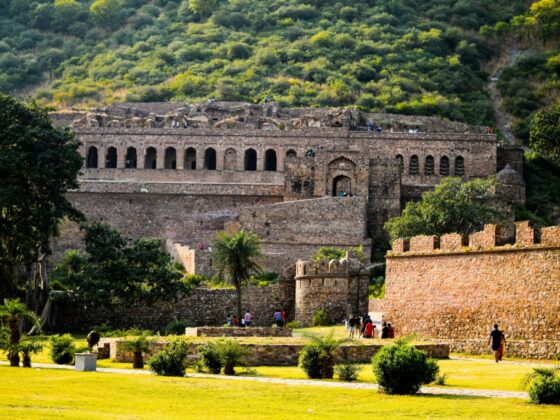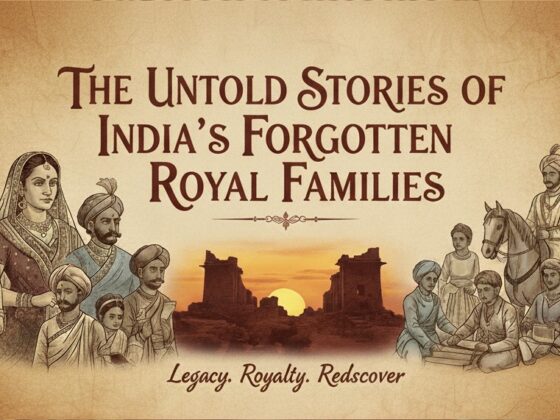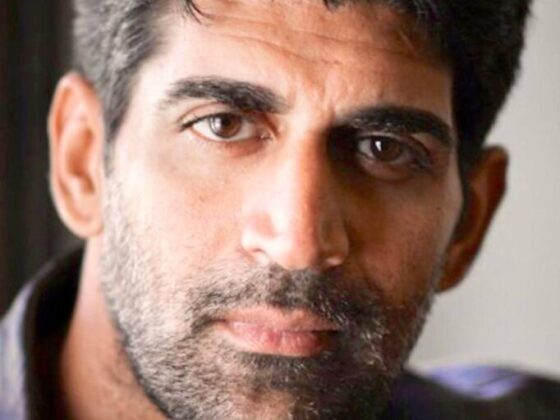Chhatrapati Shivaji Maharaj: The Founder of the Maratha EmpireX

Introduction
Chhatrapati Shivaji Maharaj, a name synonymous with valor, strategy, and leadership, was the architect of the Maratha Empire in India. Born in 1630, Shivaji carved out an independent kingdom from the declining Adilshahi Sultanate, ultimately establishing a strong and resilient empire that would challenge Mughal supremacy. Consequently, his military acumen, innovative governance, and unwavering commitment to Swarajya (self-rule) earned him a lasting place in Indian history.
Early Life and Inspiration
Shivaji Maharaj was born on February 19, 1630, at the Shivneri Fort in present-day Maharashtra. His father, Shahaji Bhosale, was a prominent general in the Deccan Sultanates, while his mother, Jijabai, played a crucial role in shaping his character and instilling in him a deep sense of nationalism and righteousness.
From a young age, Shivaji was inspired by stories of Indian warriors and epics like the Ramayana and Mahabharata. As a result, under the guidance of his mother and tutors, he developed strong leadership skills, military tactics, and a vision for an independent Hindu kingdom free from foreign rule.
Formation of the Maratha Empire
Shivaji Maharaj’s rise to power began in his teenage years when he captured his first fort, Torna Fort, in 1645. This victory laid the foundation for his future conquests. Consequently, he continued to expand his territory by capturing forts such as Purandar, Rajgad, and Sinhagad, often using guerrilla warfare tactics, which became his trademark strategy.
Key Military Strategies
- Guerrilla Warfare – Shivaji pioneered the use of hit-and-run tactics, ambushes, and surprise attacks to defeat larger armies. Therefore, his strategies often caught enemies off guard and ensured Maratha victories.
- Fortification – He built and reinforced numerous forts across the Deccan to serve as strategic military bases. As a result, his strongholds provided both security and a tactical advantage.
- Naval Strength – Recognizing the importance of coastal defense, he established a strong navy to protect the Konkan coastline from Portuguese and Siddis’ invasions. Consequently, this move secured Maratha dominance in naval warfare.
- Swift Mobilization – His well-trained cavalry and infantry were known for their speed and agility in battle. Thus, they could launch surprise attacks and retreat swiftly to minimize losses.
Coronation and Establishment of a Strong Administration
On June 6, 1674, Shivaji was formally crowned as Chhatrapati at Raigad Fort, marking the establishment of the Maratha Empire. Notably, his administration was one of the most well-organized and efficient of its time.
Administrative Reforms
- Ashta Pradhan Council – Shivaji formed an eight-member council comprising ministers responsible for different aspects of governance, such as finance, military, and foreign affairs. As a result, this system ensured smooth governance and accountability.
- Revenue System – He introduced an efficient taxation system known as Chauth and Sardeshmukhi, ensuring fair revenue collection. Therefore, his policies strengthened the economic foundation of his empire.
- Religious Tolerance – Though he was a devout Hindu, Shivaji upheld religious tolerance, thereby protecting all faiths under his rule. Consequently, his policies promoted social harmony.
- Justice and Welfare – He prioritized the welfare of his subjects by implementing laws that ensured social justice and minimized corruption. As a result, his rule was widely respected by the people.
Conflicts and Battles
Shivaji Maharaj’s rule was marked by numerous conflicts with the Mughals, Bijapur Sultanate, and European powers. Some of his most notable encounters include:
Battle of Pratapgad (1659)
Shivaji’s decisive victory against Afzal Khan, the commander of the Adilshahi Sultanate, solidified his position as a formidable ruler. Therefore, this battle established his military prowess and strategic brilliance.
Battle of Surat (1664)
In a daring raid, Shivaji attacked the wealthy Mughal port city of Surat, thereby weakening Aurangzeb’s economic stronghold. Consequently, this strike demonstrated his ability to disrupt enemy finances effectively.
Escape from Agra (1666)
Captured and taken to Aurangzeb’s court in Agra, Shivaji staged a brilliant escape, once again showcasing his intelligence and strategic planning. As a result, his successful return to Maharashtra boosted the morale of his followers.
Battle of Sinhagad (1670)
One of the most heroic battles led by Tanaji Malusare, a trusted commander of Shivaji, ultimately resulted in the Maratha recapture of Sinhagad Fort. Thus, this battle remains a symbol of sacrifice and bravery in Indian history.
Legacy and Death
Chhatrapati Shivaji Maharaj passed away on April 3, 1680, at Raigad Fort, leaving behind a powerful empire that continued to expand under his successors. His legacy remains deeply embedded in Indian history, inspiring generations with his courage, governance, and vision.
Impact on Indian History
- Maratha Expansion – His empire laid the foundation for future Maratha dominance in India. Consequently, the Marathas played a crucial role in shaping the subcontinent’s political landscape.
- Inspiration for Freedom Movements – His fight for Swarajya inspired later leaders like Mahatma Gandhi and Bal Gangadhar Tilak. Therefore, his ideals became a guiding force in India’s struggle for independence.
- Cultural Influence – His ideals continue to be celebrated through literature, folklore, and festivals. As a result, his stories remain an integral part of Indian heritage.
Conclusion
Chhatrapati Shivaji Maharaj was not just a warrior but a visionary leader who redefined governance, military strategy, and administration in India. His dream of an independent Maratha state materialized through sheer determination and strategic brilliance. Even centuries after his reign, his legacy continues to be revered, symbolizing courage, self-rule, and unwavering patriotism.
Thus, Shivaji Maharaj’s life is a testament to the power of perseverance and vision, making him one of the most celebrated historical figures in India. Therefore, his story serves as a beacon of inspiration, reminding us of the importance of leadership, innovation, and resilience in the face of adversity.








